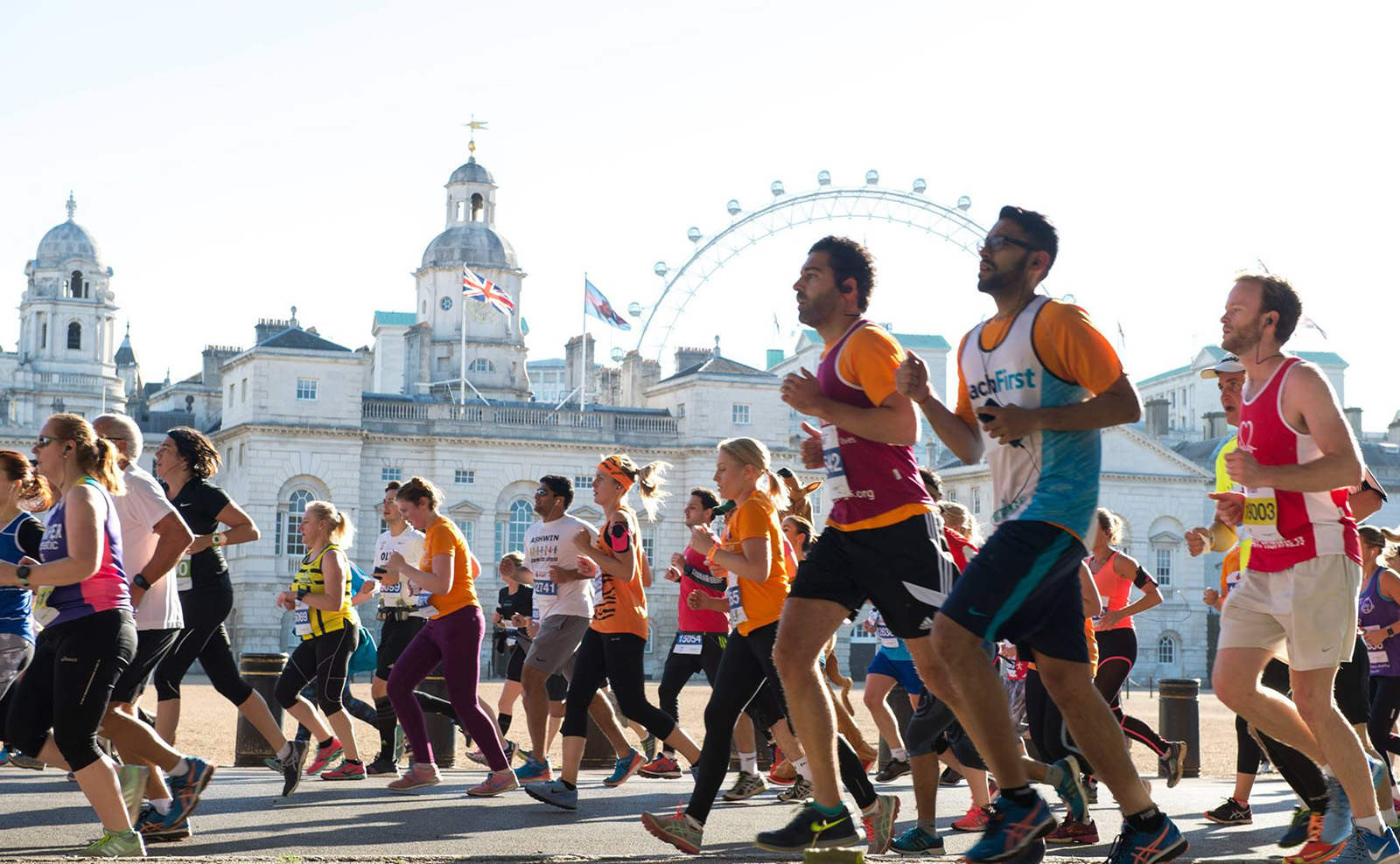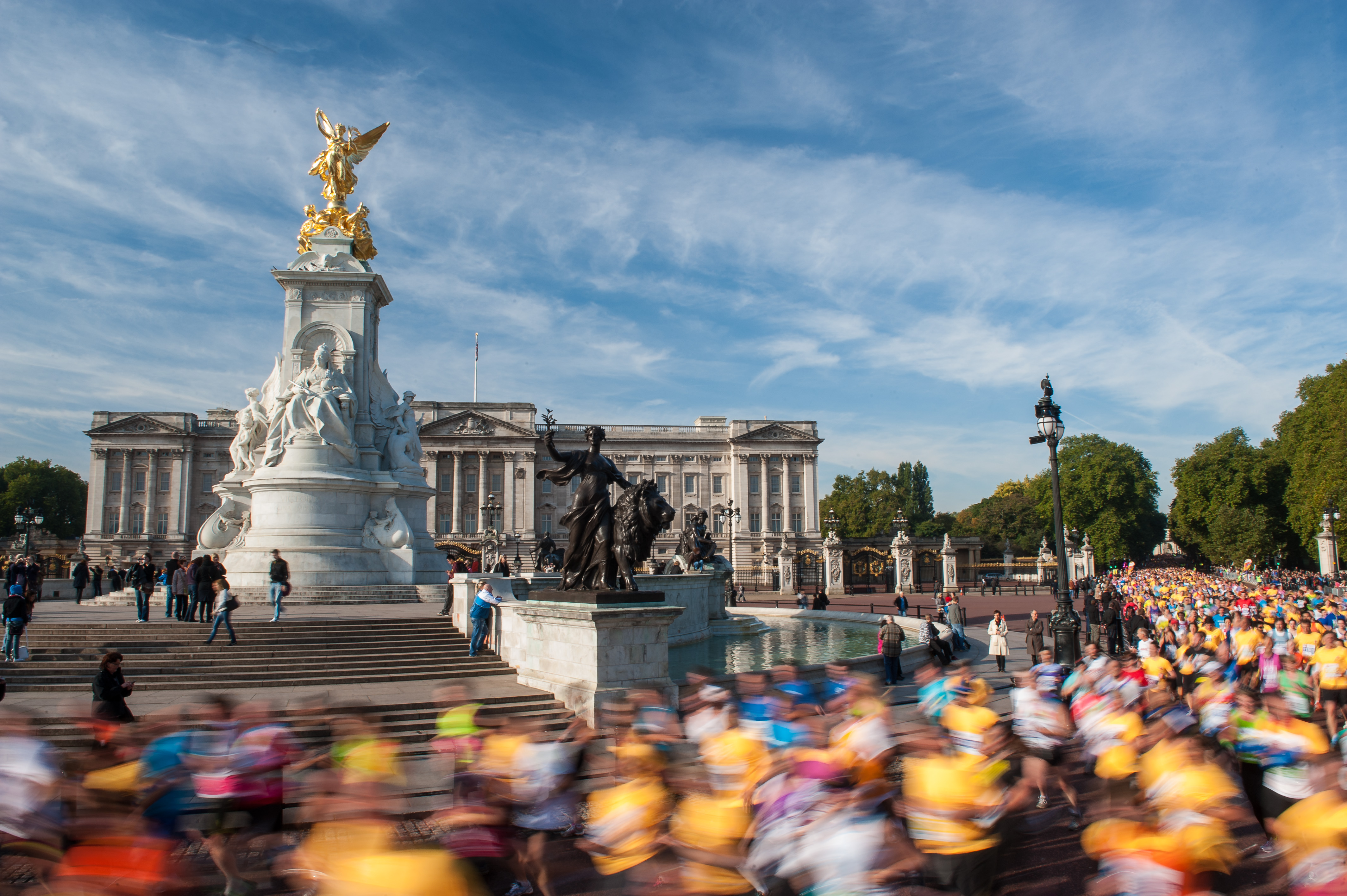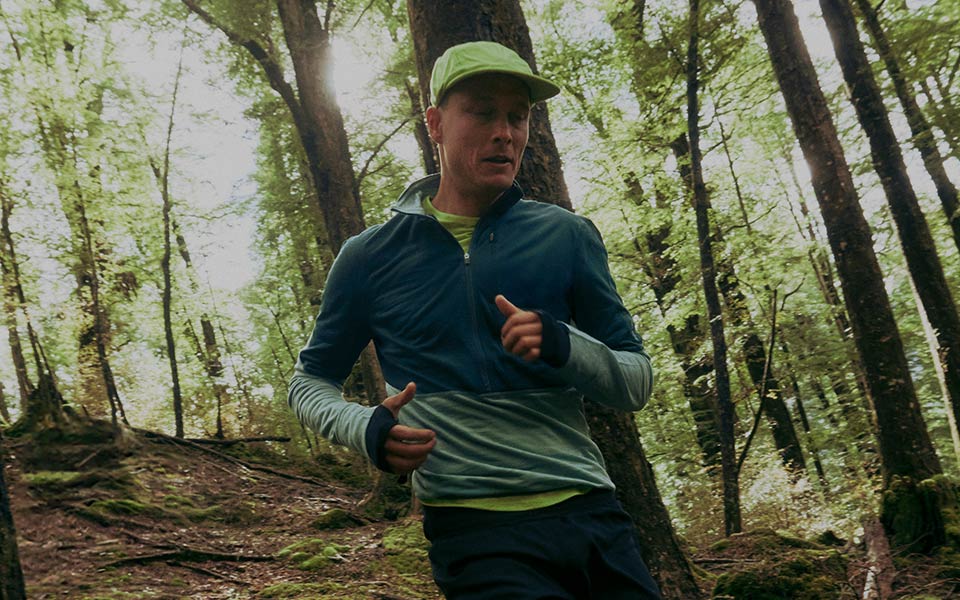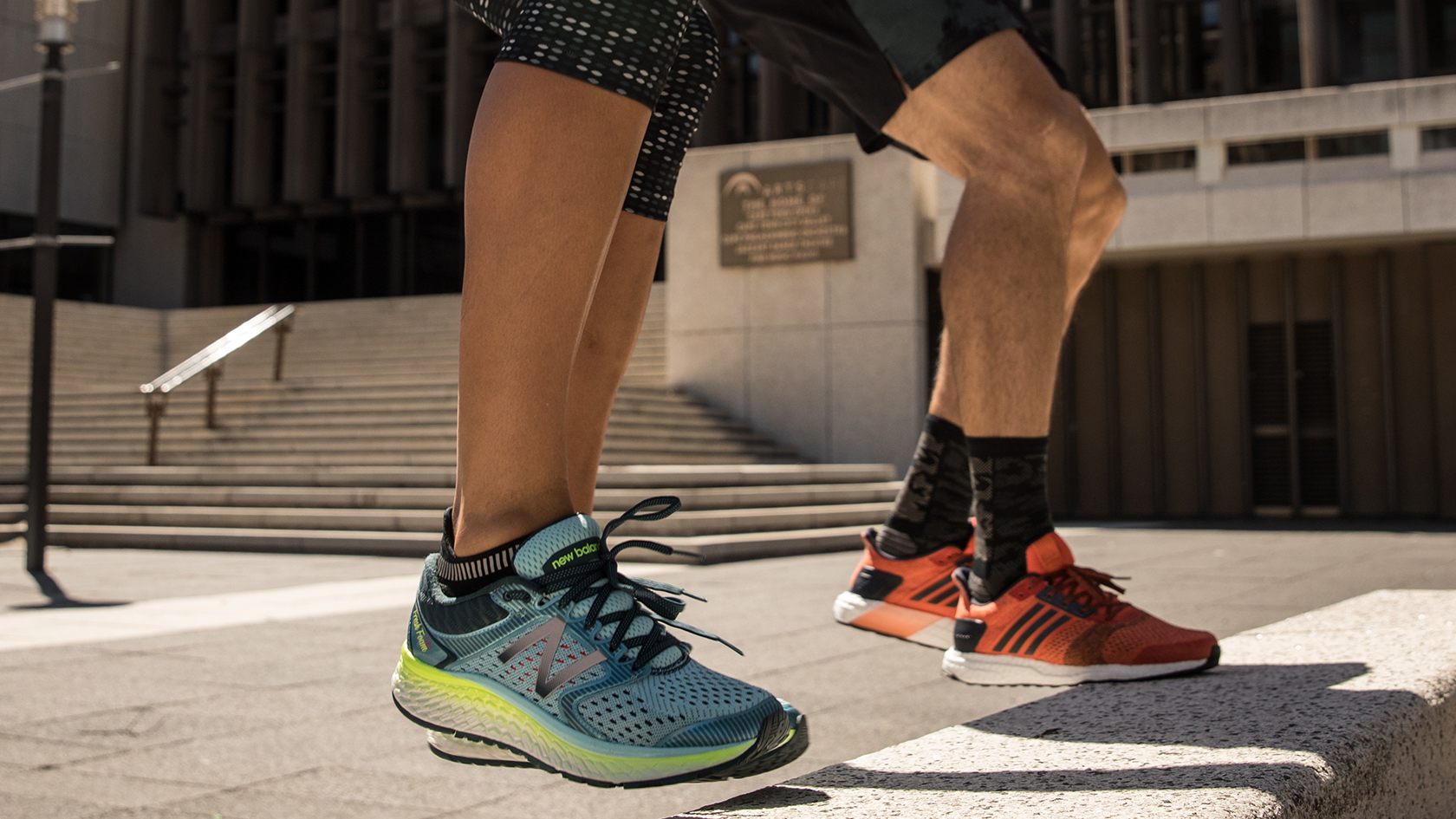MARATHON KIT LIST
You've done it! You've signed up for the marathon and are ready to run all 26 miles to the finish line. Now you just need the kit to help get you there. The anticipation and build-up to running a marathon is always exciting, but keeping up with your training schedule, the race day admin, and planning your journey to your event can leave you with a lot to think about and prepare. To help you out, our Runners Need experts have put together this marathon kit list covering everything you need to pack for the big day - so you can focus on getting out there, having fun, and running at your best.
Arguably the most important part of your running set-up, getting the right shoes on your feet is a must-have for your marathon run. Whether you're planning to run in old favourites or looking for a new lightweight pair, it's essential to choose a pair of running shoes that are comfortable and fit you well. That means wearing and training in your trainers BEFORE the big day - the day of your marathon is not the day to wear new running shoes.
If you want to buy a new pair of race day shoes, we recommend getting them at least two weeks before your event to ensure you have enough time to wear them in. At Runners Need, we offer an in-store gait analysis service to ensure you get the best fit for how you run, along with expert running shoe recommendations. Discover your nearest store and book an appointment today.
Once you’ve finished your race, chances are you’ll want to be out of your running shoes as quickly as possible, so it’s a good idea to pack some comfy shoes in your bag. Flip flops are a great option as they allow your feet to breathe and won’t rub on any sore areas or new blisters that have developed.
If you want a recommendation, we love the recovery shoe range from OOFOS. Designed to aid recovery by absorbing a percentage of the impact of hard surfaces, OOFOS shoes reduce the stress on your feet, body, and soul to help you recover faster.
Although we prioritise the running shoes we put on our feet, the same can't be said about socks. Running socks often get overlooked when preparing your feet for the 26-mile endeavour, but finding the right pair is essential to your running comfort.
When it comes to running, cotton socks are a big NO. Cotton traps water and holds it against your skin, increasing friction, heat, and moisture and causing painful blisters and sores. Instead, we recommend buying socks made from synthetic materials such as nylon and polyester designed to wick away moisture, dry quickly, and remain breathable. Additional features to look out for include seamless constructions to help prevent chafing, compression socks to boost blood circulation and reduce fatigue, and cushioning and padding to help provide some welcome comfort.
For more advice, why not check out our Ultimate Guide To Buying Running Socks.
For your marathon, we recommend wearing lightweight, breathable, comfortable clothing. Remember: You warm up quickly, so opt for shorts, t-shirts, and vests over jackets and mid-layers.
We also recommend choosing suitable, well-fitting underwear to avoid chafing and discomfort in addition to a well-supported sports bra should you need one. Like socks, avoid cotton and opt for moisture-wicking and quick-drying fabrics such as Merino Wool and synthetic materials such as nylon and polyester.
After completing the race ensure you pack and bring comfortable, warm clothing to change into. We recommend a long-sleeve T-shirt or jumper and a pair of athletic leggings or sweatpants with a lightweight, waterproof coat should the weather take a turn for the worse. Remember: Once you stop moving, you will cool down - so pack clothing that covers you to prevent getting too cold.
When it comes to eating and drinking during a race, everyone has their approach to what works well for them. If you want to use energy gels or energy bars during the race, we recommend training using them in the two weeks before the big day. If you have not used them during training, we do not recommend introducing them on race day. Instead, opt for simple electrolytes in your water post-run to help you recover vital salts lost through sweat.
Top Tip → Before your run, we recommend thinking about your post-recovery nutrition. Seasoned runners recommend bringing and having a nutritious snack 20 to 30 minutes after your race to aid muscle recovery.
Top Tip → During a marathon, drinking water and staying hydrated shouldn't impede you as these events come equipped with plenty of hydration stations. However, if you like carrying water, we recommend investing in a purpose-built running bottle or hydration bladder to keep yourself comfortable and unencumbered.
- Sun Protection → Apply sunscreen before starting your race, as even on dull days when you’re out running for 3+ hours, the sun can still cause damage. Also, consider packing a running cap and sunglasses to protect your head and shield your eyes from unwelcome rays.
- Safety pins → Although most race organisers provide safety pins, it’s never a bad idea to carry some extras to ensure your race number is attached securely.
- Support and taping → If you’re running on an old injury or noticed twinges during training, ensure you have the support or taping you need. You can shop taping here.
- Plasters → After running 26 miles, you'll have at least one or two sore spots, if not some blisters on your feet. Prepare and enjoy a more comfortable journey home by packing blister plasters.
- Chafe balm → Carry chafe balm or a similar lubricant to prevent sores on areas prone to rubbing. Lather before the race and re-apply after your post-race shower to ensure your sores heal quickly.
- Post-run recovery → Treat yourself to some post-run pampering and pack your massage gun or roller for instant relief from tired muscles.
Sports Watch
A smartwatch is a fantastic accessory for all runs, tracking your times, heart rate, health, and more. During marathons your time is tracked for you, but a smartwatch is still a worthwhile accessory to help you keep track of your pace. While running a marathon, it's easy to set off at your tempo before discovering after several miles that you're running too quickly and fatiguing yourself. By wearing a running watch, you can watch your pace and slow things down to ensure you have the energy to finish.
Top tip → Most marathon runners run at a slightly slower pace than their best during a marathon.
Running Headphones
If you're a fan of listening to music or podcasts when running, then there's no doubt you’ll want to pack your headphones. However, bear in mind that at many events, the use of headphones is sometimes restricted to ensure your safety. If in doubt, check with the race marshals on the day and always follow their advice before bringing.
Top Tip → At Runners Need, we always recommend using Shokz Headphones.Shokz revolutionizes the open-ear listening experience with their advanced Bone Conduction Technology for situational awareness. These top-tier sports headphones come with wireless bluetooth technology, up to 28 hours of battery life, and a comfortably open-ear fit. And for the triathletes and swimmers, there are the Shokz Open Swim Pro Headphones for comfort and superior sound quality even underwater.
FAQs
You should pack essentials including your well-worn running shoes, moisture-wicking running clothes (shorts, tights, tops), race bib with safety pins, running socks, sports bra (if applicable), running watch, hydration (water bottle or soft flask), nutrition (gels, chews), anti-chafe balm, sunscreen, lip balm, and personal care items like blister plasters and sanitary products. Also consider weather-dependent items such as a hat, gloves, rain jacket, or arm sleeves.
No, race day is not the time to wear new shoes. It’s crucial to wear shoes you have trained in and broken in to avoid blisters and discomfort. If you want new shoes, buy them at least two weeks before the race to get used to them.
Choose technical, moisture-wicking fabrics that suit the weather. Layering is important as it may be cold at the start and warm up during the race. Bring throwaway layers like an old jumper or gloves for before the start, and pack a change of clothes for after the race.
Yes, bring the gels, chews, or bars you have used in training, as well as water or electrolyte drinks if you prefer your own over race-provided options. Check the race’s aid station setup to plan accordingly.
Consider a running belt or pack to carry gels and phone, a GPS watch to monitor pace, sunglasses, sunscreen, anti-chafing products like Vaseline or Body Glide, nipple tape, and blister plasters. Also bring ID, cash, and a phone charger if needed.
Pack spare comfortable clothes, dry socks, flip-flops or recovery sandals, a warm jacket or blanket, snacks, and hydration for recovery. Wet wipes and deodorant can also be helpful for freshening up.
Lay out your kit the day before the race to ensure nothing is forgotten. Use a dedicated bag or backpack with compartments to separate clean and dirty clothes. Keep essentials like your race bib, shoes, and nutrition easily accessible.
Rules vary by event. Some races restrict headphone use for safety reasons. Check the race guidelines and follow marshals’ instructions on race day.
Pack waterproofs like a rain jacket or disposable poncho, gloves, hat, and arm sleeves. Use technical fabrics that dry quickly and don’t get heavy when wet. Consider throwaway layers to keep warm before the start.
Related Articles





